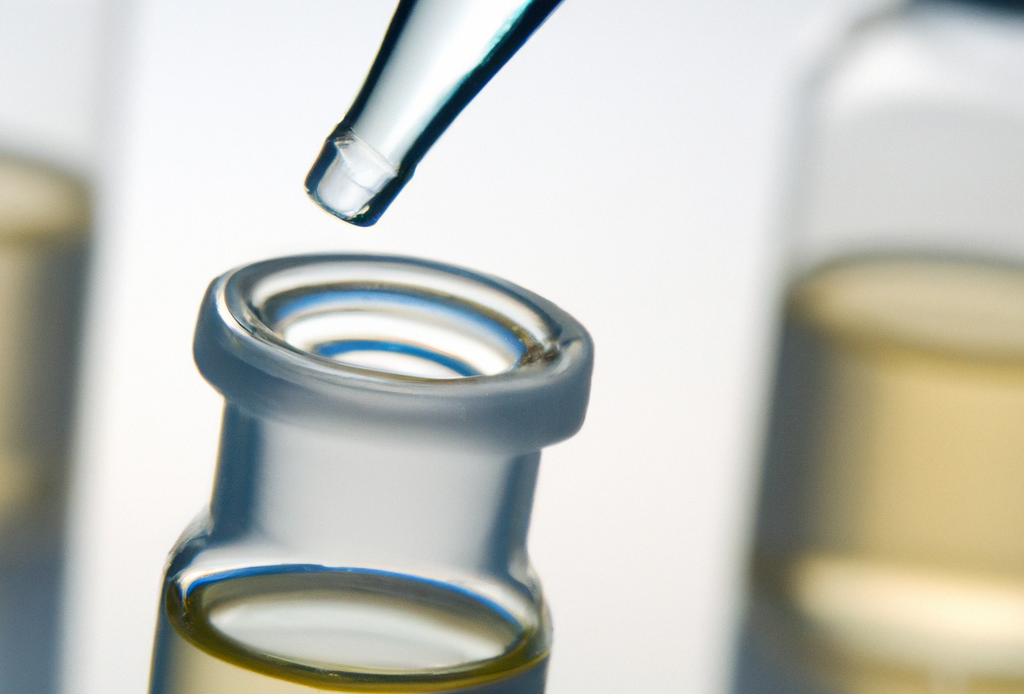Crafting Competitive ELISA Assays: A Technical Guide
Enzyme-linked immunosorbent Assay (ELISA) techniques are the Swiss Army Knife of IVD and research bioanalysis tools. Their use is essential for quantifying the presence of specific molecules within a given sample. Low molecular weight analytes need a slightly different TLC when developing a competitive ELISA assay. Understanding the specifics of these assay developments is crucial for achieving accurate and reliable results in diverse applications, from clinical diagnostics to biochemical research.
1. Defining the Analyte and Designing the Assay
Defining your target analyte is the first step in developing a competitive ELISA assay. Identify the unique characteristics of the molecule of interest, paying close attention to its size, structure, and potential cross-reactivity with other compounds. Design the assay by selecting a suitable capture antibody - either monoclonal or polyclonal - that binds specifically to the analyte of interest.
2. Antibody Selection
In competitive ELISA, the choice of antibodies is critical. When selecting an antibody, one must consider between a monoclonal or polyclonal antibody based on the characteristics of the analyte, the availability from suppliers, the intended use, and the expected production volumes of the assay. The selected antibody will serve as the capture phase and must be immobilized onto the microplate to facilitate the subsequent binding events.
3. Preparation of Samples and Standard Curve
The next step is preparing standard solutions with known analyte concentrations. These standards will serve as a reference for quantification. Start by creating buffer solutions for the analyte. Then, either by spiking the analyte in the sample matrix or diluting a native, high-concentration sample.
4. Labeled Analyte and Conjugate Selection
Choose a synthetic analog of the analyte labeled with an enzyme, typically HRP or biotin, if you plan to use streptavidin HRP in your assay. This labeled analyte will compete with the unlabeled analyte in the samples for binding to the immobilized capture antibody. The position of labeling and the structure of the conjugate must be carefully considered for effective binding after labeling.
5. The 5-Step Assay procedure
Step 1- Coating the Microplate: Immobilize the selected capture antibody onto the microplate wells. This can be achieved through physical adsorption in carefully optimized conditions, ensuring a stable and uniform coating.
Step 2- Blocking: The role of this step is to block uncovered and free-binding sites on the microplate. Blocking buffer formulations vary widely and may contain milk, normal serum, or highly purified proteins such as BSA or Casein. The blocking step is imperative and improves the signal-to-noise ratio by reducing the unspecific interactions.
Step 3- Sample incubation: During this phase, incubate the microplate wells with the prepared standards or samples and the labeled analyte-conjugate mixture. A competition occurs between labeled and unlabeled analytes for binding sites on the immobilized antibody.
Step 4- Washing: Thoroughly wash the microplate to remove unbound substances and reduce background noise.
Step 5- Detection: Add the substrate for the enzyme - TMB for HRP - to initiate a measurable signal. The intensity of the signal is inversely proportional to the concentration of the analyte in the sample.
6. Data Analysis
Quantify the results using a standard curve generated from the known concentrations of the standards. Calculate the analyte concentration in the samples by comparing their signals to the standard curve.
Developing a competitive ELISA assay demands careful consideration of many technical factors. Each step contributes to the assay's precision and reliability, from antibody selection and immobilization to optimizing the competitive interaction and signal detection. Scientists must overcome these technical difficulties to unlock the full potential of competitive ELISA, ensuring accurate and reliable quantification of analytes in various biological samples.
